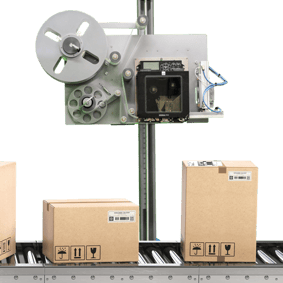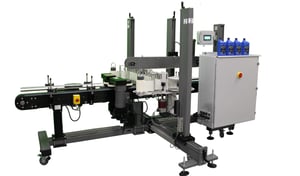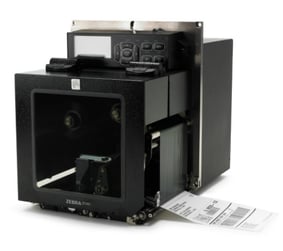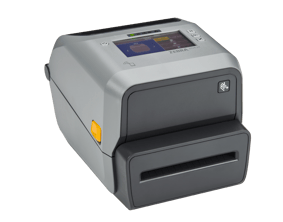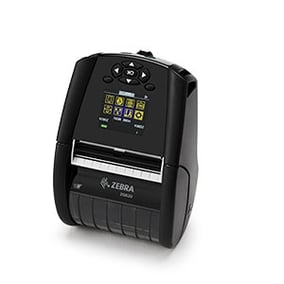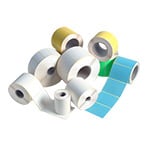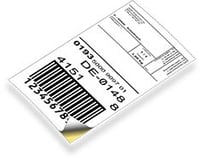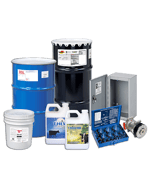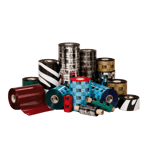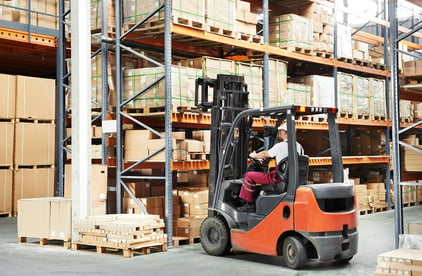GHS Labeling FAQ: Labeling Hazardous Chemicals
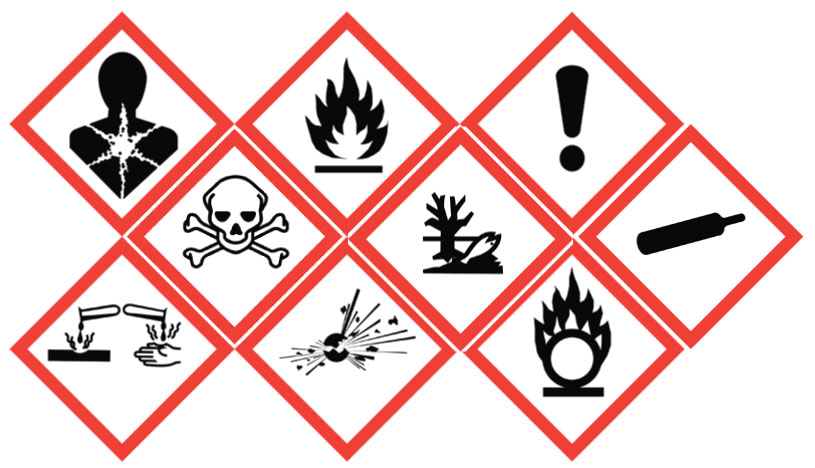
FAQ: Labeling Hazardous Chemicals
Countries all over the globe have radically changed their hazardous chemical labeling requirements in recent years. This change has caused panic in a lot of industries as they scramble to make sure they are completely up to code. Is your company compliant with the most current standards?
In this post, we sift through the Globally Harmonized System of Classification and Labeling of Chemicals (GHS) to provide you with the information your company needs to know.
What Is the Aim of GHS Labeling?
Originally developed by the United Nations, the GHS is a set of recommendations aimed at making chemical management easier, safer, and more effective for end-users around the globe. For labeling specifically, the GHS details standardized hazard information so employees can better understand the risks of hazardous chemicals, no matter where the substance comes from.
How Has the U.S. Implemented the GHS?
The old labeling standard established in 1983 gave end-users “the right to know” about hazardous chemicals. By requiring the new standardized information, the U.S. wants to provide “the right to understand.” The difference being that previously, workers knew what chemicals they were handling but didn’t understand the health effects of those chemicals.
Four main governing agencies worked to develop the U.S. implementation of GHS labeling requirements:
- The Environmental Protection Agency (EPA)
- The Occupational Safety and Health Administration (OSHA)
- The Department of Transportation (DOT)
- The Consumer Product Safety Administration
OSHA has spearheaded the effort under its Hazard Communication Standard (HCS). Finalized in 2012, the HCS phased in GHS requirements by mandating a series of compliance deadlines for chemical manufacturers, importers, distributors, and employers. The last deadline and full compliance – including the new labeling, safety data sheets (SDS), and employee training – is set for June 1, 2016.
The “phased-in” approach has led to confusion throughout the chemical supply chain. Upstream, many manufacturers decided to wait and see what would happen, ultimately leaving themselves pressed for time to complete the requirements. Downstream, employers have kept using the old format for labels and safety data sheets. The end result, unfortunately, has been thousands of OSHA-issued citations due to HCS non-compliance.
The bottom line for U.S. companies who manufacture, transport, and/or store hazardous chemicals: If you do not have a printing system capable of producing HCS-compliant labels already, you need to get one fast.
What Chemicals Are Covered?
The new GHS labeling applies to any hazardous chemical present in the workplace in a manner that employees may be exposed under normal conditions of use and foreseeable emergencies. And it defines a hazardous chemical as:
“any chemical which is classified as a physical hazard or a health hazard, a simple asphyxiant, combustible dust, pyrophoric gas, or hazard not otherwise classified.”
The new rules provide extensive guidance on how chemicals become classified as hazards. This classification system is based on GHS recommendations and provides key details about hazardous chemical properties, which will help ensure the potential effects are understood globally.
Some chemicals are exempt from the HCS because they are regulated by separate government agencies. These include:
- Wood and wood products (except wood dust)
- Regulated hazardous waste
- Tobacco products
- Food
- Drugs
- Cosmetics
- Alcoholic beverages
- Agricultural or vegetable seed treated with pesticides
- Certain pesticides specified & regulated by the EPA
- Certain nuisance particulates
What Are the Expected Benefits of GHS Labeling Requirements?
The new standard covers over 43 million workers who produce or handle hazardous chemicals in more than five million workplaces across the country. The modification is expected to prevent over 500 workplace injuries and illnesses as well as 43 fatalities annually.
There are also economic benefits tied to GHS labeling requirements. OSHA estimates American businesses will save $475 million in productivity improvements, label update improvements, and simpler training.
What Other Countries Have Adopted GHS Labeling?
65 countries worldwide have adopted GHS labeling requirements. They include:
- Canada
- The European Union
- China
- Australia
- Japan
However, it is important to note that these countries have not adopted the same set of GHS standards. Instead, they have implemented chosen elements of the GHS. This building block approach has enabled each country or region to choose the hazard classes and categories to implement.
What Are the Key Labeling Requirements of the New System?
Here is a screenshot of a sample OSHA-compliant label derived from GHS labeling recommendations:
Under the new standard, each label for hazardous chemicals must include:
- Product Identifier(s): This can be, but is not limited to, the chemical name, code number, or batch number.
- Supplier Identification: Name, address, and phone number of the responsible supplier.
- Precautionary Statement(s): Recommended measures to minimize or prevent adverse effects resulting from exposure to the hazardous chemical or improper storage/handling. There are four types of these statements: prevention, response, disposal, and storage.
- Pictograms: OSHA has developed a set of nine hazard pictograms. Each pictogram consists of a symbol on a white background framed within a red border and represents a distinct hazard(s). The pictogram on the label is determined by the chemical hazard classification.
- Signal Word(s): Only “Danger” or “Warning” should be used. “Danger” covers severe hazards, whereas “Warning” covers the less severe material.
- Hazard Statement(s): The nature of the hazard (e.g. “Causes damage to kidneys through prolonged or repeated exposure when absorbed through the skin.”)
How Can LabelPack Automation Help with GHS Labeling?
LabelPack Automation has recently been certified for the sales and service of cab printers. The cab’s XC series includes excellent thermal transfer printers that are ideal for most print-and-apply solutions for hazardous chemicals. The series meets all requirements for the classification and labeling of hazardous chemicals as outlined by the GHS. The cab XC4 thermal printer produces high-quality labels up to 105.6mm and the XC6 produces print widths up to 162.6mm. Both options print in resolutions up to 300 dpi and print at speeds of 125 mm/s.
LabelPack is also a Zebra Certified Partner and offers the complete line of Zebra desktop industrial and mobile printers. Zebra printers also produce chemical identification labels that meet GHS labeling standards. They offer a host of pre-printed and customizable solutions for pictograms and statements. LPA also offers on-site and depot repair for all Zebra products. This means your labels will be reliable, accurate, and GHS labeling compliant.
Do you need a custom solution to satisfy the GHS labeling requirements for hazardous waste? Contact us today if you’d like more information on the GHS and its impact on your operations. We will provide the highest quality products and exceptional service tailored to your company’s needs.



